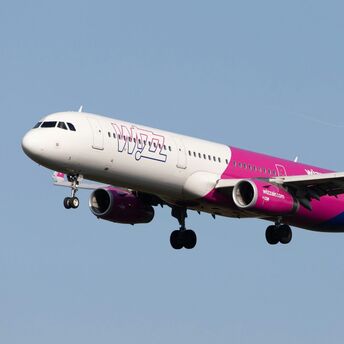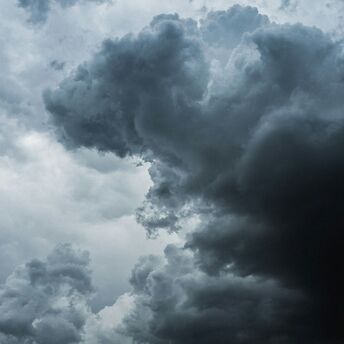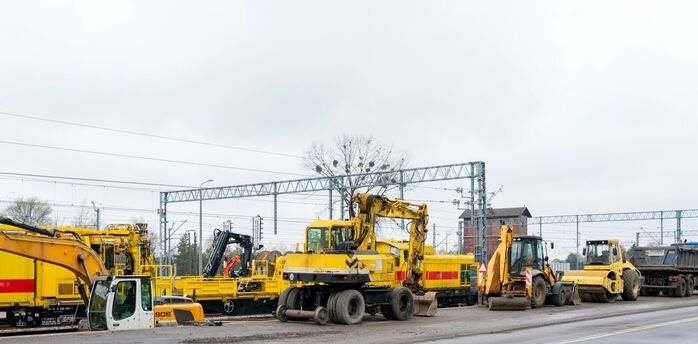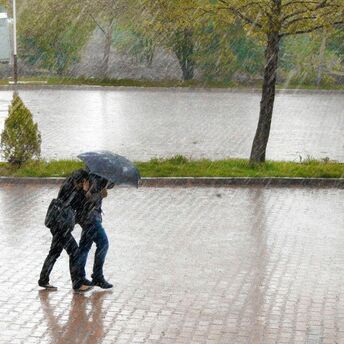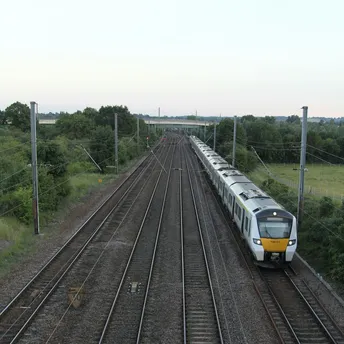Mount Lewotobi Eruption Disrupts Flights to Bali, Lombok, and Labuan Bajo

Mount Lewotobi suddenly burst into action in East Nusa Tenggara, and in no time, planes stopped flying as volcanic activity brought island air traffic to a complete pause. Starting 18 June 2025, volcanic ash rolled in like a slow-moving fog, dimming the skies over the islands and leaving airlines no choice but to ground or reroute flights to keep passengers safe. Popular travel routes to and from Bali, Lombok, and Labuan Bajo have been affected, stranding some travellers and forcing others to adjust their plans at short notice.
AirAsia has confirmed that flights operated by its Malaysian and Indonesian divisions have been suspended or rescheduled due to ash in flight paths. That call was made following the usual flight safety rules, which kick in whenever volcanic ash shows up where planes need to fly. Affected passengers have received notifications via SMS and email, with updates provided as conditions evolve. The airline has stated that flights will only resume when airspace over affected areas is declared safe by relevant authorities.
Mount Lewotobi isn’t new to erupting. It’s an active volcano with a past full of fiery episodes, as history books and geological records can easily confirm. A blanket of ash from the latest eruption has drifted across the sky, clouding flight paths and forcing planes to stay grounded, particularly over Indonesia’s eastern islands. Flights have been grounded at multiple airports in the region, including those with limited daily connections. Some services remain delayed indefinitely, depending on how quickly the situation stabilises and visibility improves.
Travellers heading to or from Indonesia’s southern islands should expect changes to scheduled flights and longer waiting times at affected airports. Many tourist hotspots, including coastal areas and island resorts, rely heavily on short-haul air connections. With flights on pause, travellers might find it tricky to grab new tickets or make their next connections fit into a changed schedule. It’s smart for travellers to watch for airline alerts, since plans can change fast, and they might need to adjust their return flights or the next parts of their journey.
This eruption has thrown a wrench into travel along one of Southeast Asia’s most heavily visited routes, slowing down the usual stream of tourists and flights. Travellers already on the ground have found themselves stuck longer than planned or rerouted through places they never expected to pass through. If you're getting ready for a trip, this is a clear reminder to keep tabs on local warnings and be ready to switch up your plans if volcanoes start acting up nearby.




